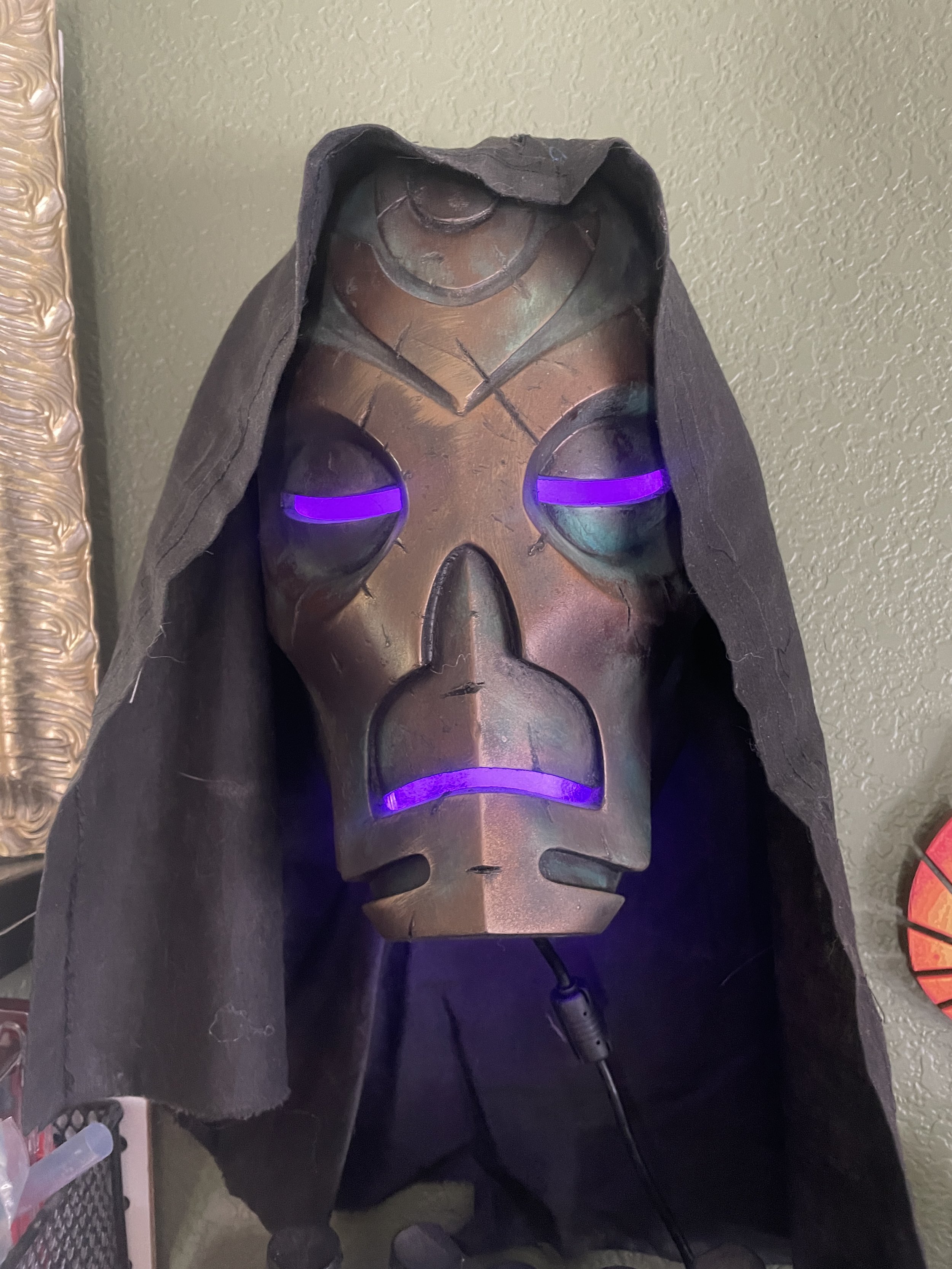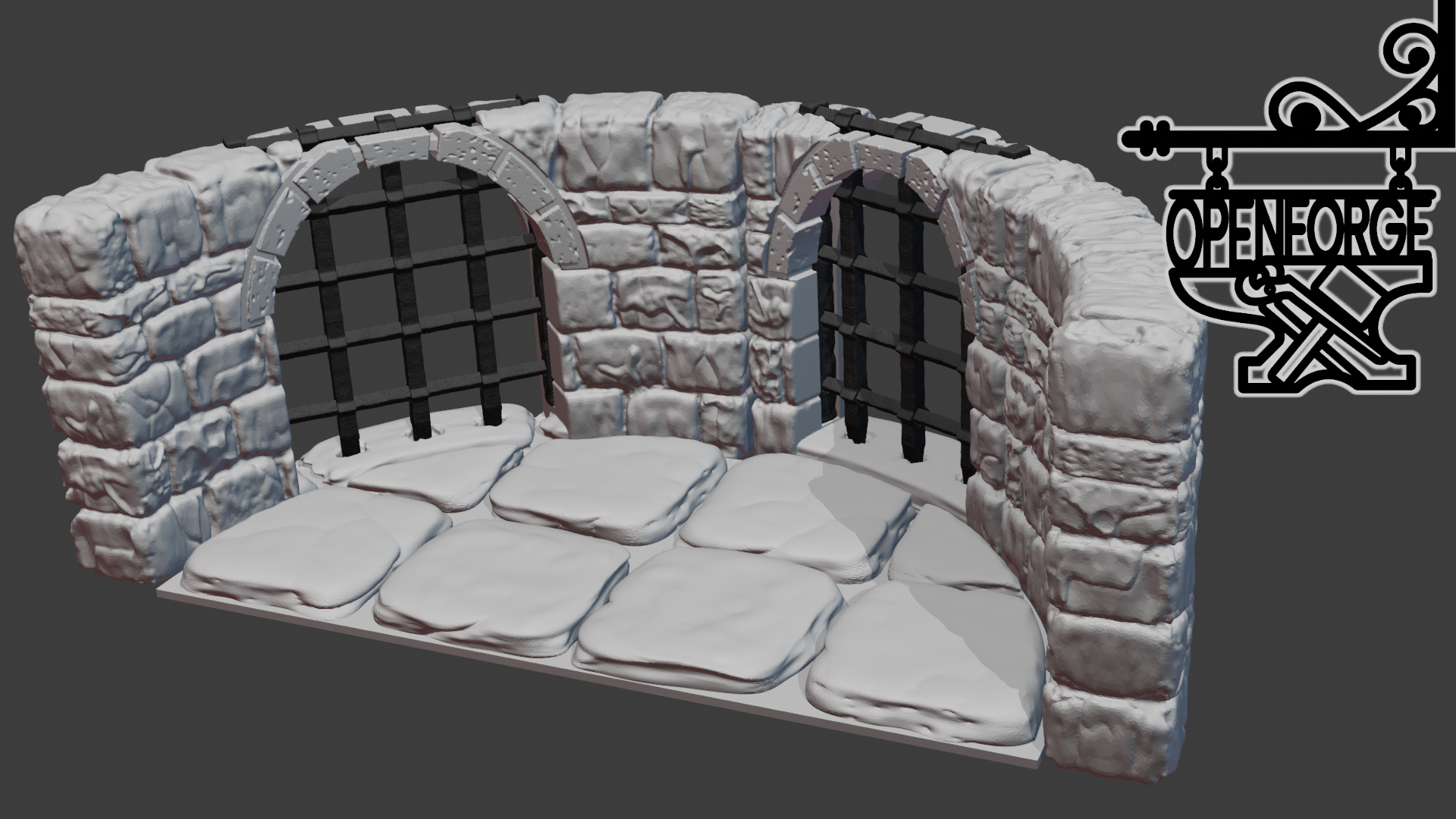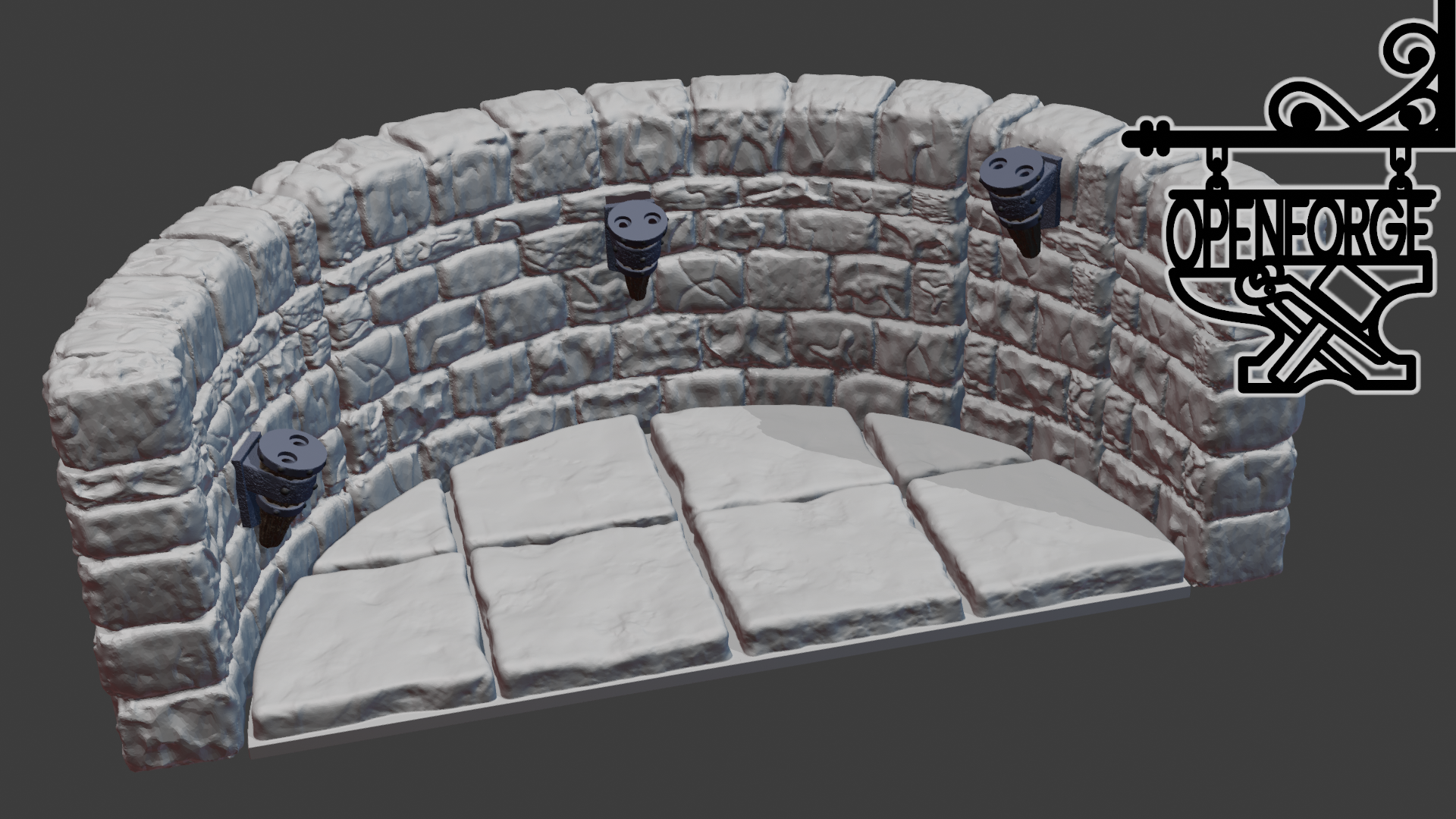Before Christmas, Devon dove back into an old hobby — electronics — when he strung year-round programmable LEDs across the front of our house. Now he must illuminate all the things, and nothing is safe.
This Skyrim-inspired 3D-printed Dragon Priest mask, designed by Jtm, has been guarding our office, waiting for the sweet, sweet touch of LEDs. Today, this creepy severed head shall wear purple.
Supplies for Electronics
Pixel String Light
WiFi Development Board
Soldering Station (or whatever station you have)
Instructions
The seed pixels (the LEDs) have three wires. The marked one is for voltage, which gets soldered to the 5v hole on the ESP. The next one is for signal. I soldered that to D4. The final wire is for ground, and that one gets soldered to G.
Cut as much wire as you need for your project. We recommend using no more than 30 LEDs on an ESP board.
Next, install WLED on the board. You’ll need to install the drivers first. Then plug in WLED and follow their setup instructions. Your config should look something like this.





